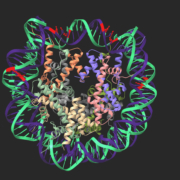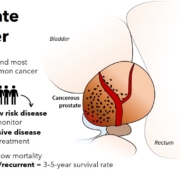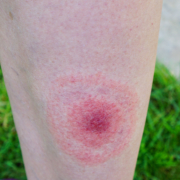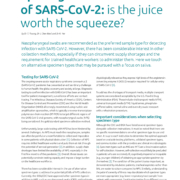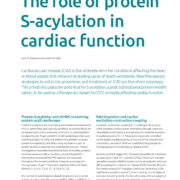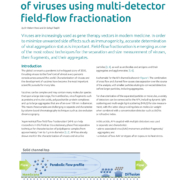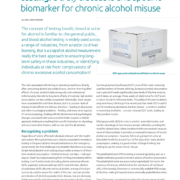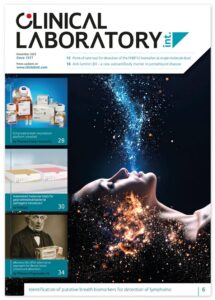Epigenetic diagnostics and preventive medicine
Although we have a reasonable understanding of a number of mechanisms of epigenetic regulation, we are still have a lot more to learn about the impact and influence of epigenetic regulation, particularly in relation to disease. CLI caught up with Professor Michael Skinner (Center for Reproductive Biology, Washington State University, USA) to find out more […]



